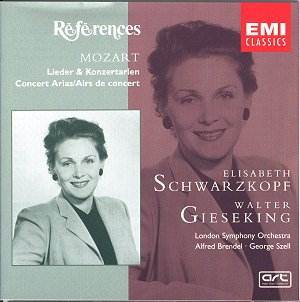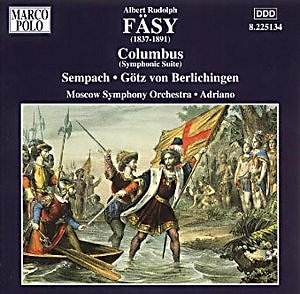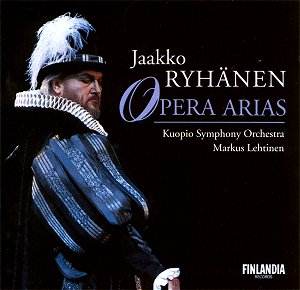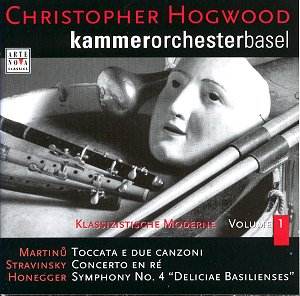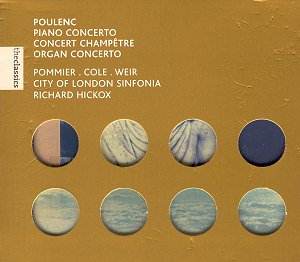 Composer: Francis Poulenc
Composer: Francis Poulenc
Works: Piano Concerto, Concert champêtre for harpsichord, Organ Concerto
Performers: Jean-Bernard Pommier (piano), Maggie Cole (harpsichord), Gillian Weir (organ), City of London Sinfonia, Richard Hickox (conductor)
Recording: Recorded at Henry Wood Hall and Royal Festival Hall, London, February 1988
Label: VIRGIN CLASSICS
Francis Poulenc, a principal figure in the French avant-garde movement, is renowned for his distinctive ability to blend wit and poignancy, often encapsulating a range of emotions within a single phrase. This recording presents three of his concertos, showcasing his eclectic style and compositional prowess. The Piano Concerto (1949), a work that epitomizes Poulenc’s characteristic blend of charm and sophistication, was composed for a Boston performance, marking a significant moment in his career, while the Concert champêtre (1929) for harpsichord and the Organ Concerto (1938) further highlight his innovative use of diverse keyboard instruments.
Jean-Bernard Pommier delivers a nuanced interpretation of the Piano Concerto, particularly in the lyrical second movement, where he draws out Rachmaninov-like colors with an elegance that feels both intimate and expansive. His phrasing is idiomatic, capturing Poulenc’s unique blend of nostalgia and playfulness. However, the recording’s sound engineering presents challenges; the piano, at times, feels slightly submerged beneath the orchestral textures. The City of London Sinfonia, under Richard Hickox, provides a robust accompaniment, yet the balance occasionally favors the orchestral palette over Pommier’s delicate touch. This imbalance could be attributed to the engineering choices made during the recording, which, while vibrant, do not afford the piano the prominence it deserves.
Maggie Cole’s performance in the Concert champêtre, designed for the legendary Nadia Boulanger and written with the intent of showcasing the harpsichord’s versatility, is particularly engaging. Her dexterous playing navigates the work’s varied stylistic demands—from the playful Allegretto to the joyous finale—demonstrating a keen understanding of Poulenc’s pastiche aesthetic. However, similar to the Piano Concerto, the harpsichord’s role occasionally feels overshadowed by the orchestral contributions, highlighting a missed opportunity for the instrument to shine more prominently within the mix.
Gillian Weir’s interpretation of the Organ Concerto is compelling, especially in the spirited Toccata that opens the work. Utilizing the Royal Festival Hall’s organ, designed by Ralph Downes, Weir effectively captures the instrument’s brighter timbres and rich overtones. Her registration choices, particularly in the more serene passages, evoke a sense of calm reminiscent of Poulenc’s own experiences in the Parisian churches, though the organ’s inherent strengths may not align perfectly with the concerto’s character. The inclusion of strings and timpani enhances the drama, though one might argue that the imposing nature of the organ occasionally overshadows the orchestral fabric.
This recording is a commendable exploration of Poulenc’s keyboard concertos, marked by moments of brilliance and affectionately crafted interpretations. The artistry of Pommier, Cole, and Weir is evident throughout, but the engineering choices detract from the overall auditory experience, masking the subtleties that define Poulenc’s work. While it serves as a delightful introduction to Poulenc’s varied keyboard repertoire, listeners may find more satisfying balances in alternative recordings, particularly those that prioritize the soloists’ clarity and interaction with the ensemble. Ultimately, this collection stands as an enjoyable, if imperfect, homage to Poulenc’s vibrant musical language, reflecting both the joy and complexity that characterize his output.
